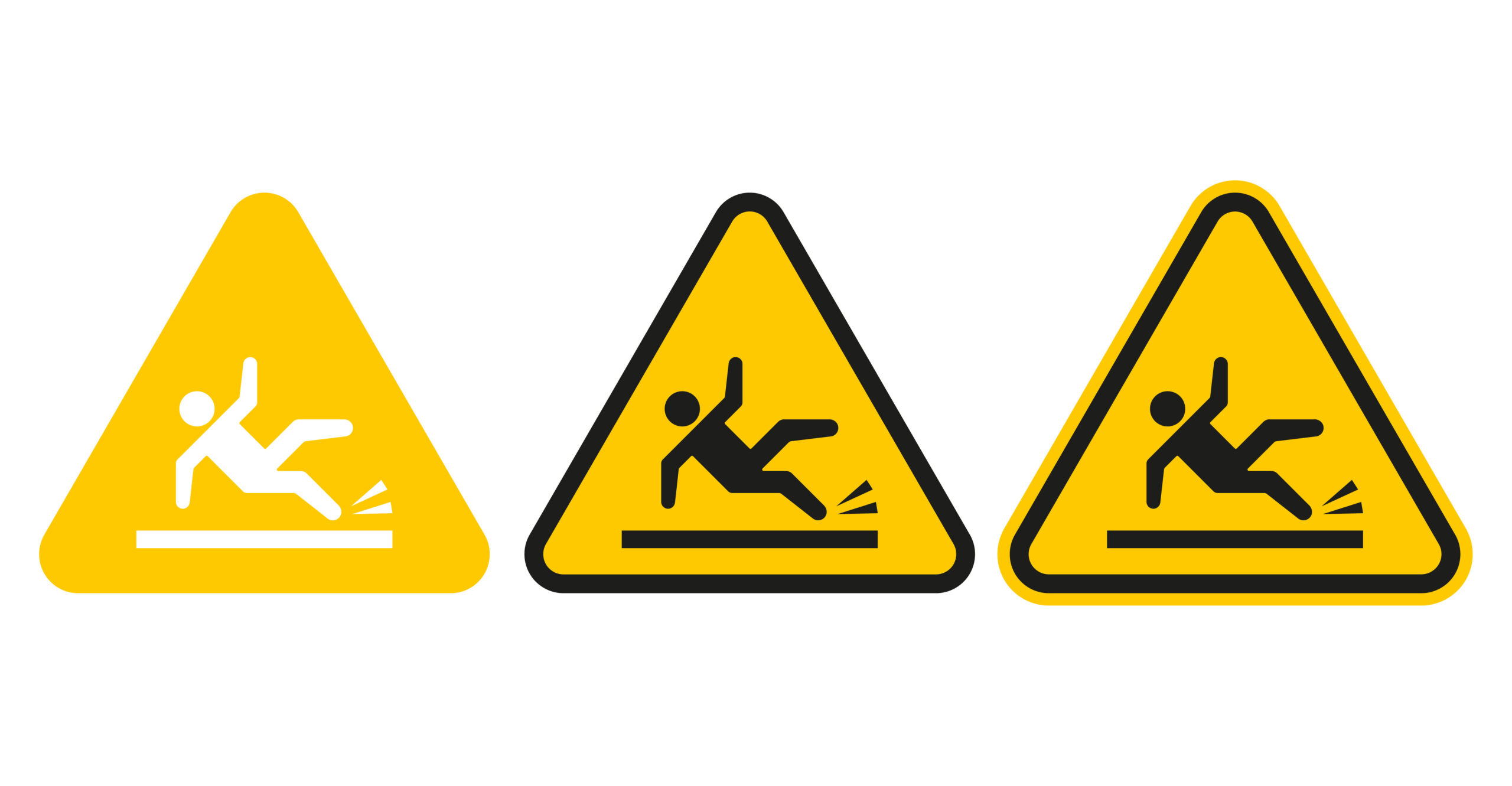
© Adobe Stock, Maksim M
<p>Often preventable, falls on a same-level surface account for over 4,500 serious injuries a year and can result in broken bones, soft tissue damage, heavy bruising, and worse.</p>
<p>Minor slips and trips can also cause knock-on injuries, where a person is more likely to fall down steps, for instance. Therefore, risk mitigation should be on the forefront of schools’ minds well ahead of wetter seasons.</p>
<p><a href="https://www.schoolnews.co.nz/latest-print-issue/" target="_blank"><strong>Our latest print issue is available now! Read it here.</strong></a></p>
<p>Always encourage widespread reporting of any unsafe sightings, as the safety of your school and its staff and students is everyone’s responsibility, not just the hi-vis wearing warden. A health and safety audit can conduct an assessment and provide actionable steps.</p>
<figure id="attachment_23619" aria-describedby="caption-attachment-23619" style="width: 1024px" class="wp-caption aligncenter"><img class="wp-image-23619 size-large" src="https://www.schoolnews.co.nz/wp-content/uploads/2022/08/SN57-HS-Floor-Safety-Geckotred-Tough-Gateway-Matting-Installation-e1660525863309-1024x617.png" alt="" width="1024" height="617" /><figcaption id="caption-attachment-23619" class="wp-caption-text">Image courtesy of Geckotred</figcaption></figure>
<p>School kitchens, main entrances and external access classrooms are among the highest risk areas. Ensure role allocation and communication is key so everyone knows who is assigned to what task and who should be reported to on all health and safety matters.</p>
<p>While you can never possibly anticipate the unsafe actions of everyone, there are not only certain physical environments to actively avoid, but behaviours to discourage too. Here are some of the high-risk (in)actions to beware of:</p>
<ul>
<li>Leaving a wet spill unattended and unmarked</li>
<li>Failing to provide sufficient effective matting to wipe wet feet on when stepping indoors</li>
<li>Phone-use while walking, or travelling too fast</li>
<li>Unmarked changes in flooring levels or steps</li>
<li>Sub-standard or damaged flooring materials</li>
<li>Unsecured mats or carpet</li>
<li>Stray cables, and untidy areas with boxes, folders, or bags left on the floor</li>
<li>Poor lighting, i.e., dark stairwells</li>
<li>Overpopulated areas</li>
<li>Inappropriate footwear, i.e., in pool areas</li>
</ul>
<p>Having industrial carpet-like matting poolside is unlikely to provide any form of accident prevention, for example, more likely cause more and become an unhealthy breeding ground for germs in that environment. Whereas inside a classroom, this could be the ideal answer to keeping the floor slip-free. A slip resistance surface treatment or coarse adhesive would be a much better option for pools and outdoor areas and options are available to suit different existing surfaces. Ramps also can be a safer – and significantly more accessible – alternative to steps, but choice of flooring surface is key to avoid turning a trip step hazard into a slip and slide.</p>
<h3><strong>Floor Safety Solutions: Industry Insights</strong></h3>
<p>To find out about how schools can overcome some of the biggest challenges they face with their floor safety, we spoke to a representative from specialist supplier GeckoTred, Lorenzo Hart.</p>
<figure id="attachment_23618" aria-describedby="caption-attachment-23618" style="width: 1024px" class="wp-caption aligncenter"><img class="size-large wp-image-23618" src="https://www.schoolnews.co.nz/wp-content/uploads/2022/08/SN57-HS-Floor-Safety-Geckotred-Ako-Safety-Matting-Installation-e1660525786718-1024x608.png" alt="" width="1024" height="608" /><figcaption id="caption-attachment-23618" class="wp-caption-text">Image courtesy of Geckotred</figcaption></figure>
<p>Having worked with schools for several years, he said that “some of the main challenges schools face include slippery decking, ramps, and stairs”.</p>
<blockquote>
<p>“These areas can become a hot spot for tripping, slipping, and falling, but schools can help minimise this with slip resistant matting and anti-slip stair nosing. Entrance matting is also essential for schools as it helps trap dirt, grime, and water before and after entering any doorway.</p>
</blockquote>
<p>“I would recommend a PVC or foam-based backed mat, as a natural rubber backed mat has been known to leave a light mark/stain on a tile or vinyl/wooden floor over a longer period, this is called plasticizer migration. More durable solutions are available for larger entrance ways too. Being able to identify a potential risk is important, we would recommend contacting someone in the industry to help with this process and curate product options to your school’s needs.”</p>
<p>Other ways to improve floor safety include “lining school halls with loose laid event carpet, aqua tube matting for walkways around pools, and anti-slip matting for wooden decking”.</p>
<p>“A typical misconception,” Alsco spokesperson John Gibbs told us, “is that all mats require people to pause and wipe their feet”. “However, specialist mats are designed to absorb up to 80 percent of soiling from the soles of a person’s footwear simply by walking across the mat. </p>
<p>“A high percentage of injuries caused from slipping and tripping within typical school buildings are at the bottom of stairs and entrances.</p>
<blockquote>
<p>The best way to minimise these hazards is to place low-profile dust mats in these areas, such as ramps. When rented, mats can be supplied, laundered, and swapped out onsite for easier maintenance. </p>
</blockquote>
<p>“Different types of mats work well for different areas. For instance, washroom and washup areas are always going to end up with water on the floor, so look for mats that are 100 percent rubber and self-draining for a safe, dry platform to stand on. Elsewhere, entranceways can benefit from dust mats designed to absorb dust and loose particles but can also absorb a high volume of moisture from spills to keep children safe. </p>
<p>He added: “Purpose-made industry standard mat sizes will work well in almost any setting, on their own, or in combination with each other.” </p>

EXCLUSIVE: Teachers used to be paid two to three times more than minimum wage workers,…
After an “overwhelming” vote to reject the latest Government offer, secondary school teachers will begin…
Second-language learning should be compulsory, says a new report from a forum bringing together academics,…
A new entitlement aimed to improve access to learning support coordinators for schools with students…
Educators have raised questions about the Ministry of Education’s new secondary school subjects, set to…
Professional learning and development (PLD) for teachers needs to be higher impact for teachers and…
This website uses cookies.